It turns out nature makes for the best night light.
01. Forest Park, New York
Apparently, this glowing fungus is remarkably common in the forests of New England, which is odd because I had honestly never heard of it before today. Panellus stipticus (sometimes called bitter oyster) is one of 70 bioluminescent species that grow and glow for days. The intensity of the glow seems to correlate with reproductive maturation, and can be hampered by soil pollutants. Though we know how they glow (through oxidizing a pigment called luciferin), we still aren’t quite sure why.
02. Waitomo Cave, New Zealand
One of most surreal and beautiful caves in the world, the Waitomo Caves of New Zealand are riddled with Arachnocampa luminosa, a rare type of glowworm only found in the region. The glow you see is designed to attract two things: prey and mates. The actual light is produced in the bodies of the worm, and pass through a thin filament dotted with balls of sticky material (and works like the blue glow of a bug zapper combined with the trapping power of a spider web).
03. Eastern Coast, Australia
Not unlike the glowing plankton of the Maldives, the Clusterwink snail lets everyone around know when it’s agitated. Like, physically agitated. In response to environmental stressors and predators, the small Australian snail glows, and its light is reflected and amplified throughout its shell. Living in groups in rocky outcroppings along the coast, the whole unit can flash to give predators the false sense of a larger animal, and snorkelers a dazzling light show.
04. Blue Grotto, Capri, Italy
Nature’s largest pseudo fiber-optic, the Blue Grotto gets its glow from light outside the cave, which passes through the water illuminating the cave’s dark interior.
05. Atlantic Rainforest, Sao Paulo
Like something out of James Cameron’s Avatar, these rare glowing fungi (found only in a small patch deep in a rainforest in Sao Paulo) are called the “eternal light mushroom” for one simple reason: their stems glow continuously. Given their scarcity, very little research has been conducted on the eternal light mushroom, so little is known about them.
06. Forests of Tennessee in Spring
Fireflies glow through similar channels (and with the same pigments) as the glowing fungi, but largely use this pulsing light to attract a mate. Though you can see fireflies sprinkled throughout the country, the Great Smoky Mountains in Elkmont, Tennessee are home to the most famous firefly phenomenon not to be missed, an annual synchronizing of flashes that spreads across the entire group.
07. Canada
Hidden Lake Territorial Park
Yukon
Alberta
The famous natural phenomenon, the Aurora (Borealis in the North, Australis in the South) occurs when highly charged particles emitted from the sun collide with different particles in the Earth’s atmosphere, and can be seen with increasing frequency the closer to the planet’s poles you go. The different colors are a product of the different particle compositions of the atmosphere where they’re occurring.
08. Toyama Bay, Japan
Known as either the sparkling enope or firefly squid, the Watasenia scintillans glows for all the usual reasons, but generally exists in waters too deep to witness. However, Toyama Bay in Japan is graced regularly with their presence, as a key spawning ground for the species. During the season, many wind up beached along the coast or caught by commercial fishers. Cool fact: Like many squids, the firefly squid has a constellation of light sensing organs, which allows it to surface at night, sense the patterns above, and project them below for protection from predators.
09. Forests in Subtropical Asia
Stepping out into the woods in Sri Lanka, Japan, Taiwan, Australia, Brazil, Polynesia, or Java, you might think you’d walked into Wonderland, thanks to Mycena chlorophos. Though similar mechanisms drive the glow behind this fungus as those of Panellus stipticus, these glowing mushrooms have been extensively researched to determine what magical constellation of nutrients and soil compositions they can grow and glow in.
10. Kilauea, Hawaii
Considering humankind has been using fire for eons, I think it’s pretty easy to forget that experiencing a red glow is a relatively uncommon occurrence in nature. At Halemaʻumaʻu, a vent of Hawaii’s ever-active Kilauea volcano, you can watch a pillar of sulfurous steam transform into the incandescence of molten rock from the center of the earth nightly, at sunset.
11. Deep Ocean, Worldwide
12. Salar De Uyuni, Bolivia
13. Catatumbo, Venezuela
They say that lightning never strikes the same place twice. Clearly “they” have never been to Venezuela. For centuries, lightning has lit up the sky at the mouth of the Catatumbo river at a frequency of 280 flashes per hour, 10 hours a day, for 140-160 days a year. It is caused by a combination of large methane compositions in the atmosphere from swamps in the region, as well as the perfect storm of moving air masses trapped by surrounding mountains.
14. Vaadhoo, Maldives
One of the best spots on the planet to witness this phenomenon, Vaadhoo Island regularly hosts a rare species of bioluminescent phytoplankton on its shores. The tiny aquatic critters glow in response to environmental stressors (in this instance, being washed up on beaches), making for an eerie non-reflection of the stars on the sand.
Back in the States, the best place to witness anything close to this is off the coast of San Diego, when a seasonal “red tide” (bloom in aglae) brings out the blue tide of Lingulodinium polyedrum (the San Diegoan glowing phytoplankton).
Like what you’re reading? Subscribe to our top stories.





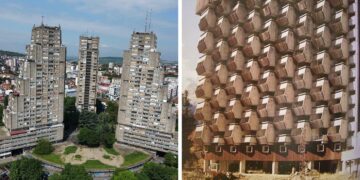







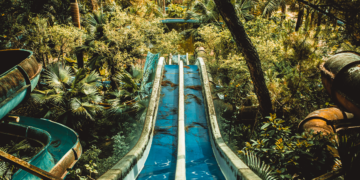







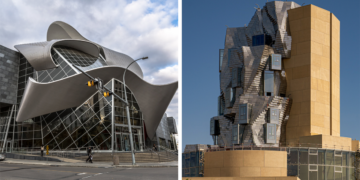
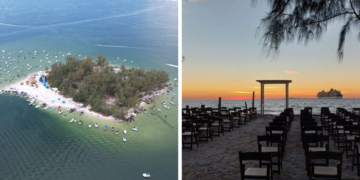
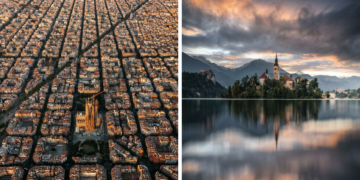
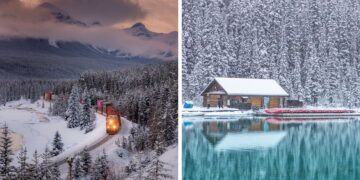
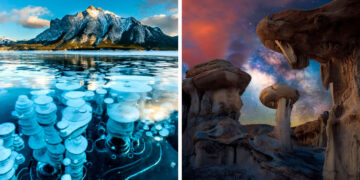

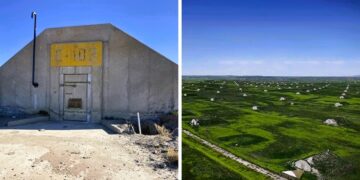




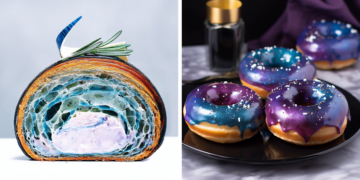



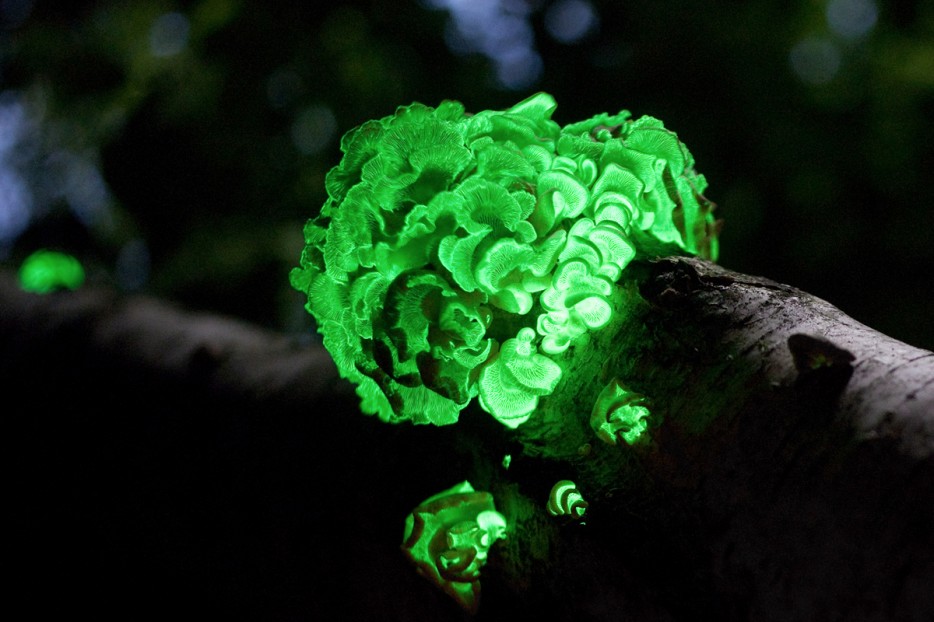










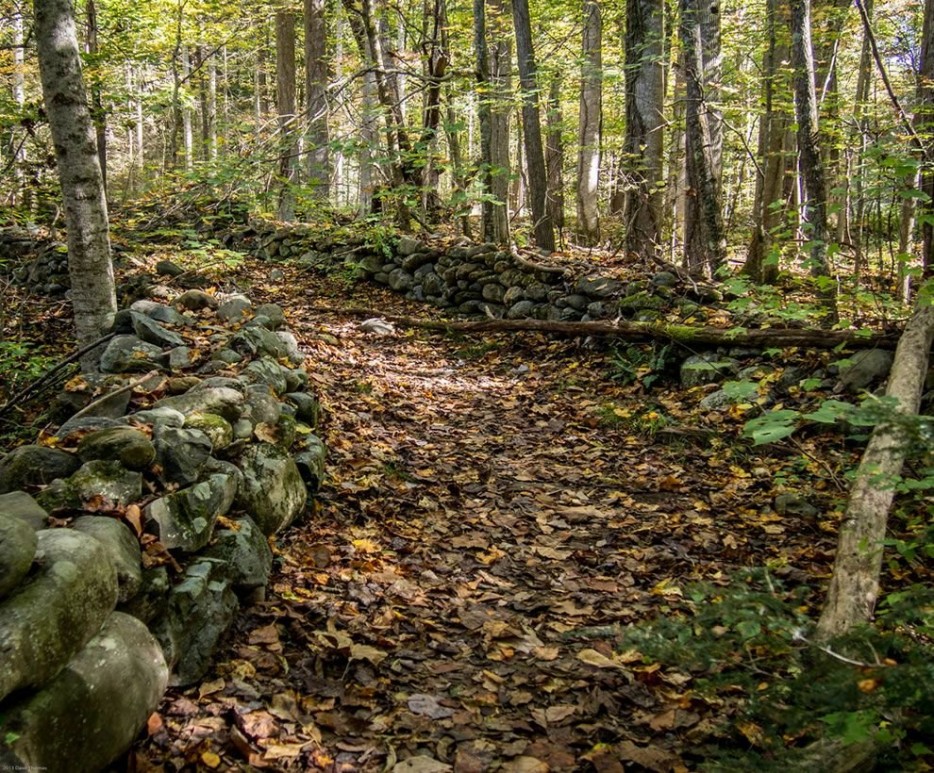
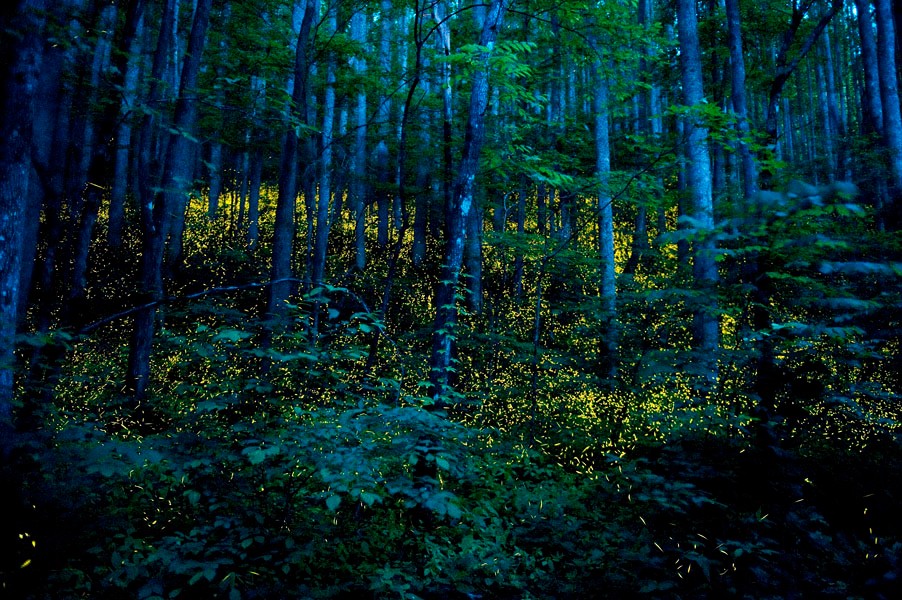










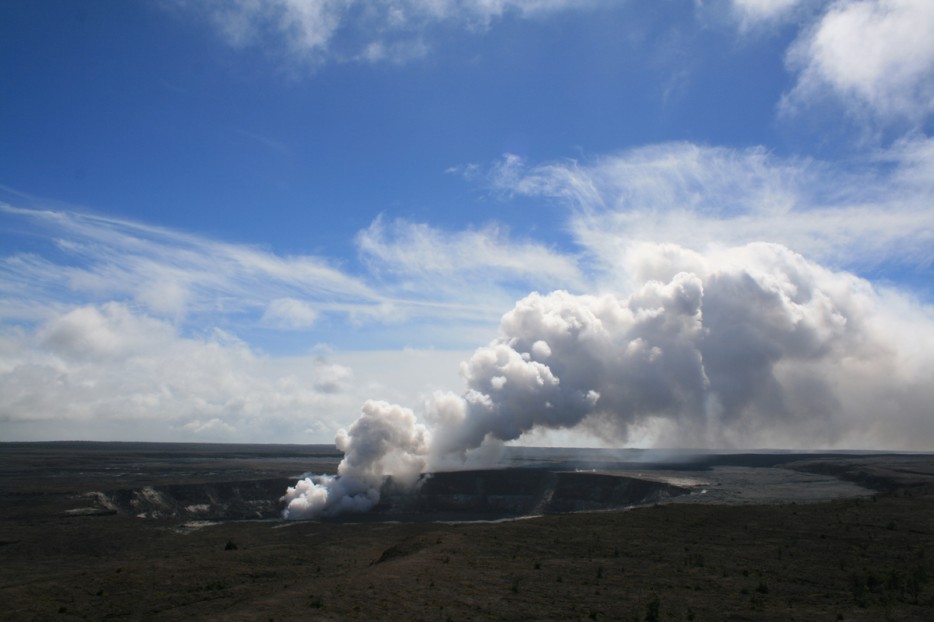

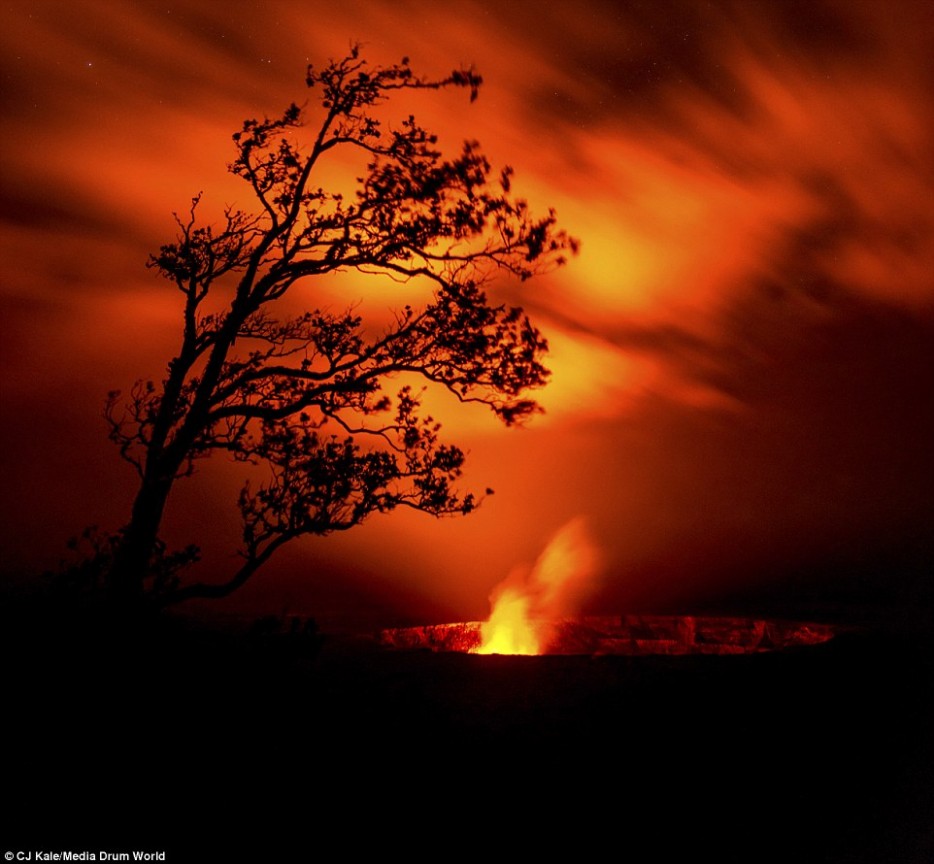


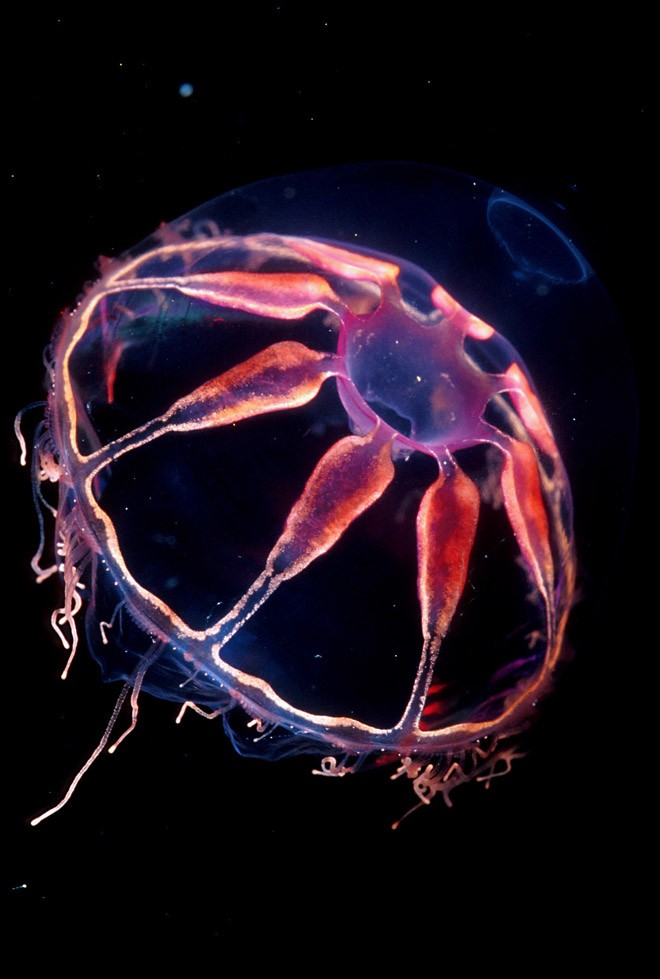
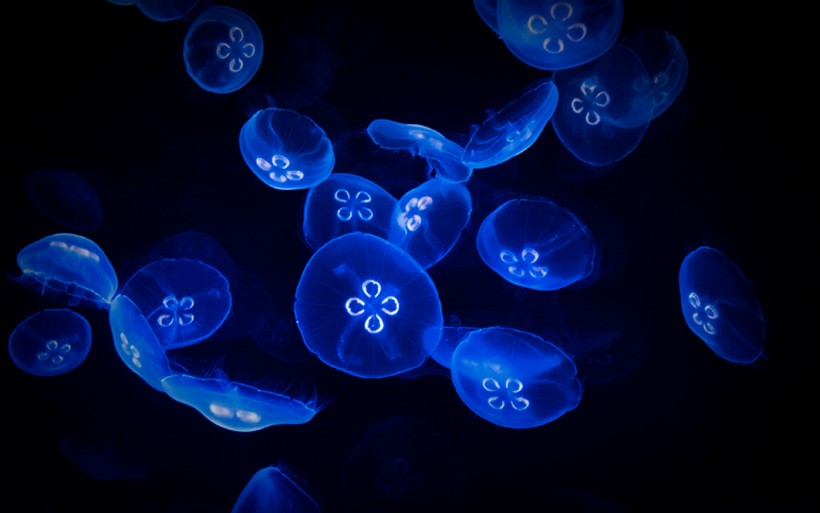

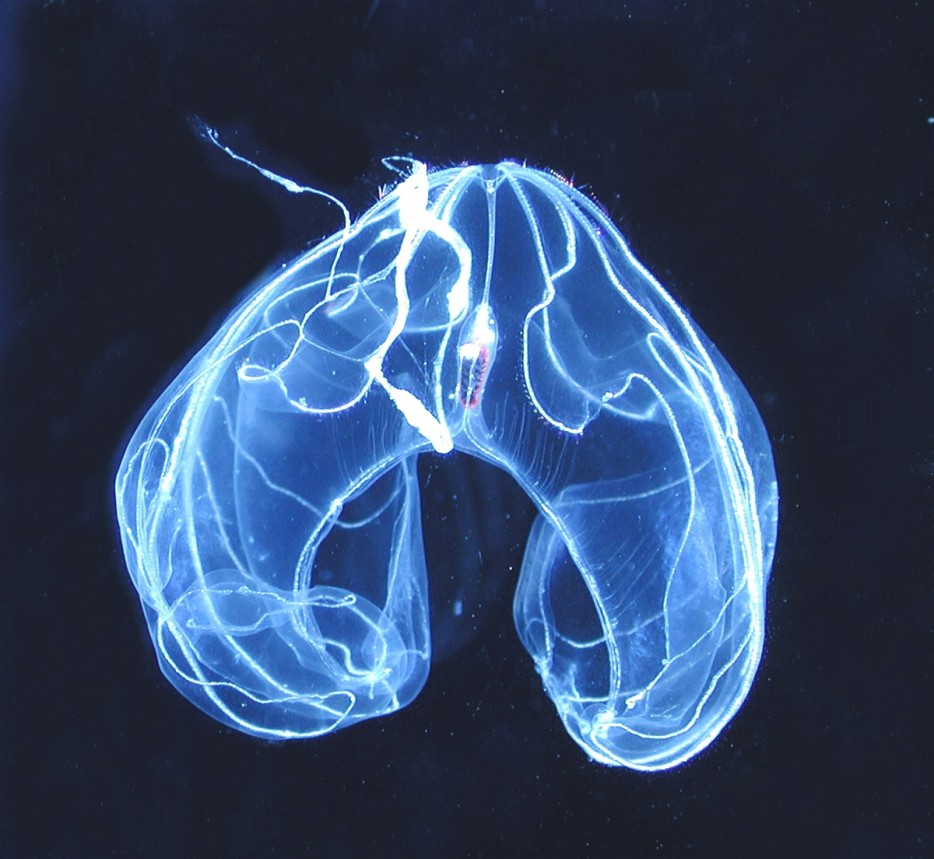







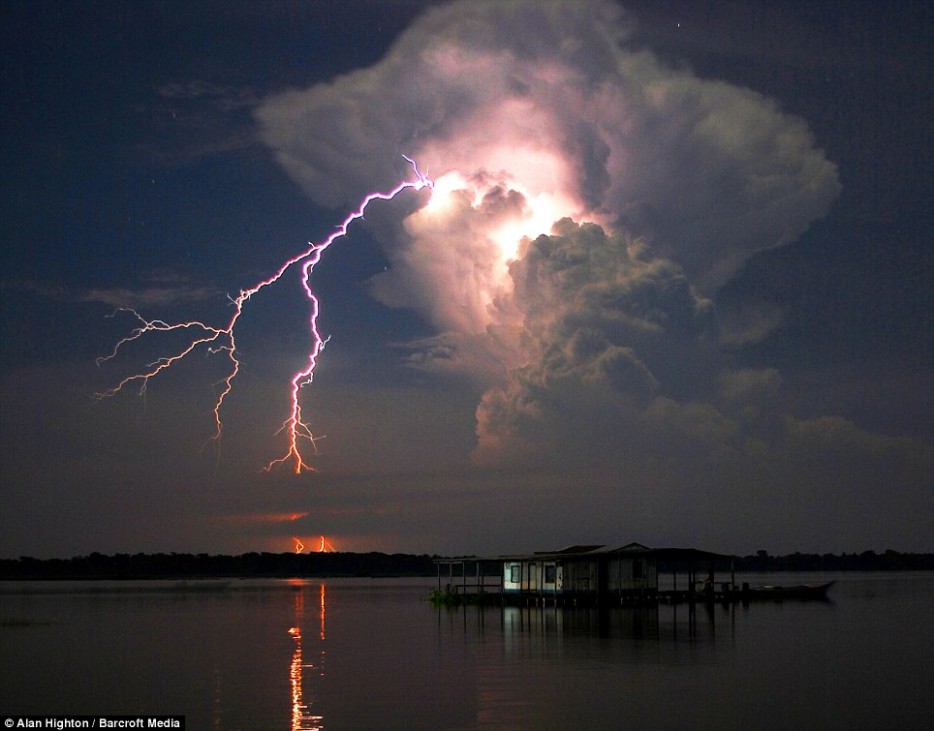

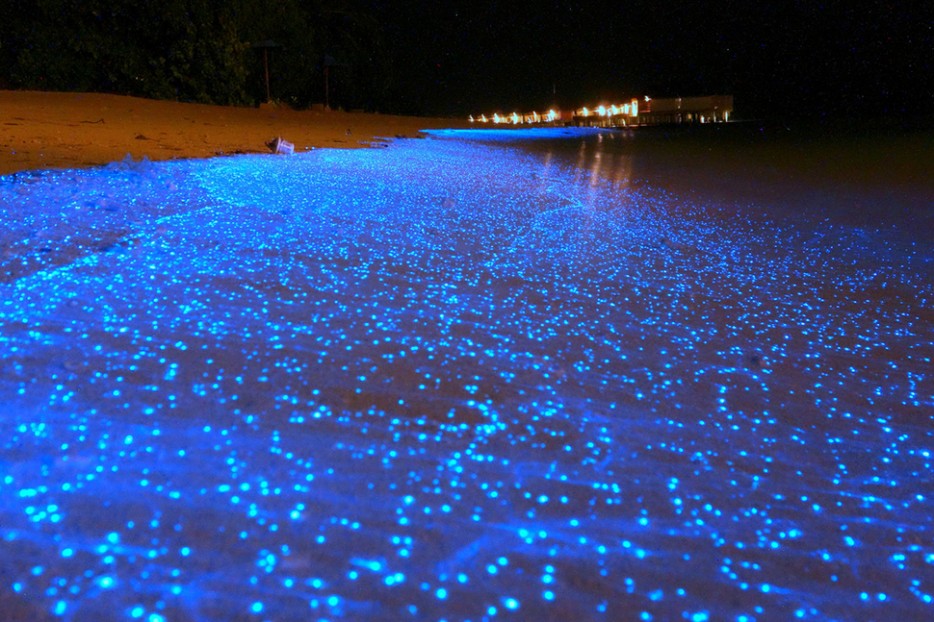









Discussion about this post